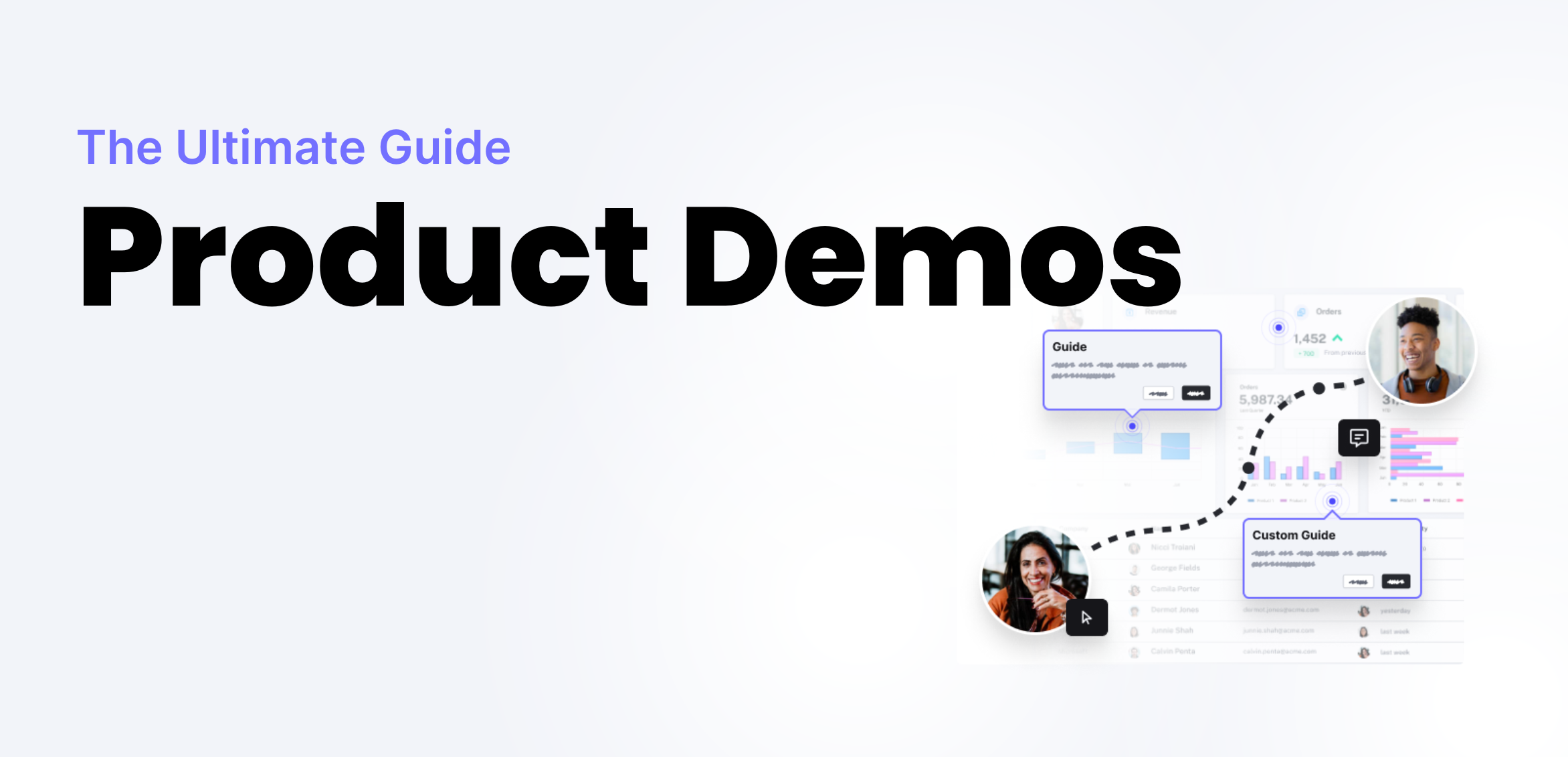The Rise of the Demo Engineer

There will be a new executive role at your company soon: it’s the demo engineering leader.
Over the next three years, you’ll see the job title explode on Linkedin, you’ll continue to see millions of VC dollars being dumped into the sales engineering tech stack, you’ll see boot camps and best practices docs pop up, and you’ll see the creation of an entirely new role – the demo engineer.
The demo engineering team is responsible for enabling the marketing, sales, and success teams with the product collateral that they need:
- In near real-time
- Across all products and SKUs
- For every vertical and segment
- Across all personas, use cases, and integration points
For too long, revenue leaders have been stuck when it comes to demos and product experiences for their prospects and customers. We’re stuck demoing out of production. We’re limited and we’re trapped by that one simple fact.
Here are just a couple of ways the current system is failing all of us:
- Your production environment goes down, and now your sales team is demoing “bugs”
- New features come out and because your company hasn’t used them yet, the demo environment stays empty and without useful info for months and quarters.
- If you’re lucky, you have one sandbox of anonymous data, and your reps do live improv trying to come up with storylines on the fly. “Yours would look different than this. Your data would be different. You could imagine it… right?”
- Reps are tripping over each other in the same demo environment. If I update a field, that field is “wrong” for the next rep’s demo, unless I change it back.
- Prospects are getting distracted and asking questions as they click around aimlessly: “What’s that button do?” Your reps are getting off track and not demoing your full value.
Typically the solution to this has been to hire more sales engineers. “They’re like AEs, but technical.” Give it to a sales engineer, and they’ll figure it out. But what’s really happening, as you add SE resources?
The ratio of SEs to AEs grows as your product grows in complexity. We’re not building a scaleable demo solution, we’re performing one-off demos in real production environments like we always did. The only difference now is that there are two paid employees on a call with every prospect instead of one. You can’t scale like this. There’s gotta be a better way.
Enter the demo engineering team.
Enterprise companies already have this resource. Just look at Salesforce. They actually call it Q Branch and I’ve heard it’s over 100 people. Like Santa’s elves, this army of builders is on call to produce for the AEs and customer success reps at SFDC.
If you have an opportunity where the prospect wants to combine Salesforce, Pardot, plus another product from the catalog, they’ll build a custom Salesforce environment, connect the other products to it, and “manufacture”/ fill it with anonymous data for you. They’ll add a couple of relevant case studies based on role and vertical, and they’ll ship that to the seller so they can do their job.
That’s great for companies like Salesforce, but what about you and me? Where’s our 100-person demo engineering team? No such luck for us.
We get a production environment and individual AEs and SEs seeing the data for the first time as they load their demo and invent a storyline as they dance and excuse their way through the same production environment for every customer, segment, and situation they encounter. Ugh.
But that’s about to change for companies who get ahead of the curve.
Over the next couple of years, you’ll see more companies invest in their own demo engineering team. Very seldom will it be 100 people. More often, you’ll find 1-2 SEs, product marketing, and/or sales enablement leaders, plus a demo creation platform like Reprise.
You’ll name a demo engineering leader, and task them with the following:
- Work with product and marketing to identify the segments and demo script the assets needed by segment.
- Work with sales and sales enablement to roll out talk tracks, train, and test adoption.
- Ensure there are functional environments that prove out your core capabilities.
- Clone demo environments and fill them with data for each vertical and segment you sell to.
- Run a proper maintenance schedule, aligning your product release schedule with your sales. training and demo account update schedule.
In closing, we’ve seen this with the rise of RevOps. 10 years ago, SaaS companies employed a Salesforce admin. With the explosion of the revenue tech stack, that role became sales ops, then biz ops, and now you’ve got global worldwide VPs of RevOps. They’re in the board meetings, they’re on the executive teams, and they’re a core strategic member of your business.
Calling all demo engineers in training – the future is yours. Call me



